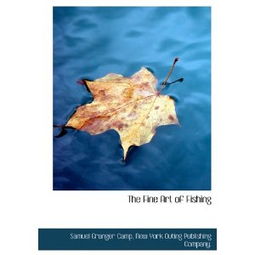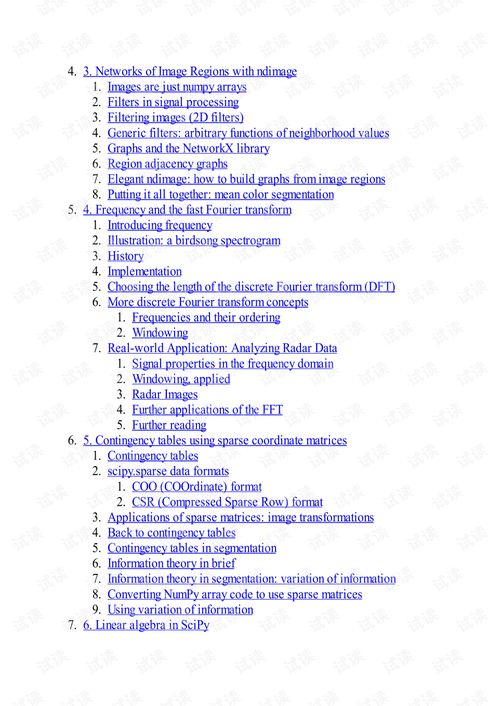Content:
Are you a beginner angler looking to improve your skills, or a seasoned fisherman seeking to refine your techniques? Whether you're new to the world of fishing or looking to add some fresh strategies to your arsenal, a fishing technique manual can be an invaluable resource. But how do you make the most of this guide? Here's a comprehensive guide on how to effectively use your fishing technique manual.
Understand the Basics
Before diving into the advanced techniques, it's crucial to have a solid understanding of the basics. Begin by familiarizing yourself with the fundamental aspects of fishing, such as the different types of fishing rods, reels, baits, and lures. Your manual should provide clear explanations and illustrations of these basic components.
Start with the Basics

Begin your journey through the manual by reading up on the basic fishing techniques. This includes casting, reeling in, and knot tying. These are the foundational skills that will help you in applying more complex strategies later on.
Choose Your Target Fish
Different fish species require different approaches. Your manual should offer insights into the habits and preferences of various fish species. Start by identifying the type of fish you're interested in catching and then look for specific techniques tailored to that species.
Learn the Techniques
Each technique in your manual should be accompanied by detailed instructions and, ideally, step-by-step illustrations. Take the time to go through each technique carefully, practicing it in a controlled environment before taking it out to the water.
- Casting: Learn the proper grip, stance, and casting motion to ensure you can cast accurately and effectively.
- Reeling In: Understand how to reel in your line smoothly and efficiently, avoiding tangles and snags.
- Baiting: Find out how to attach baits and lures to your hook in a way that is both secure and natural-looking to the fish.
Master the Knots
Knot tying is an essential skill in fishing. Your manual should provide instructions on several knots, such as the Palomar knot, the Clinch knot, and the improved clinch knot. Practice these knots until you can tie them quickly and securely.
Experiment with Lures and Baits
Fishing technique manuals often offer a variety of lure and bait suggestions. Experiment with different types to see which ones work best for the fish you're targeting. Keep a journal of your results to track which methods are most effective.
Adapt to Your Environment
Fishing conditions can vary greatly from one location to another. Your manual should provide tips on how to adapt your techniques based on the environment, such as water temperature, clarity, and flow rate.
Read Reviews and Case Studies
Many fishing technique manuals include real-life examples and case studies. These can be incredibly helpful for understanding how to apply the techniques in practical situations. Look for stories from anglers who have successfully used the techniques you're learning.
Keep Your Manual Close
Whether you're a beginner or an experienced angler, keep your fishing technique manual close at hand. You never know when you might need to refer to a specific technique or reminder.
Continuously Learn and Improve
Fishing is a constantly evolving sport. Keep your manual updated with the latest techniques and trends. Attend workshops, join fishing clubs, and share your experiences with other anglers to continually improve your skills.
By following these steps, you'll be able to make the most of your fishing technique manual and develop into a more skilled and knowledgeable angler. Remember, the best anglers are those who are always learning and adapting to new challenges and conditions. Happy fishing!












